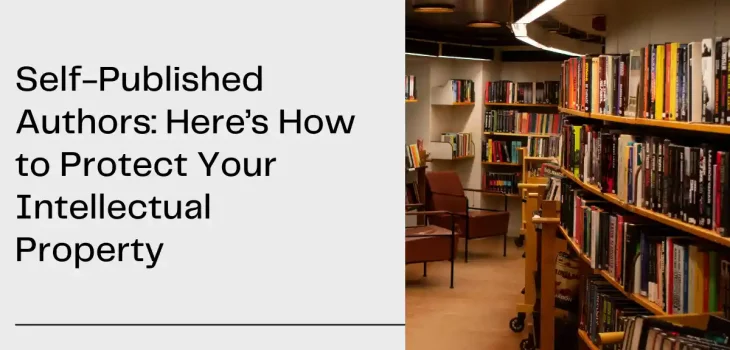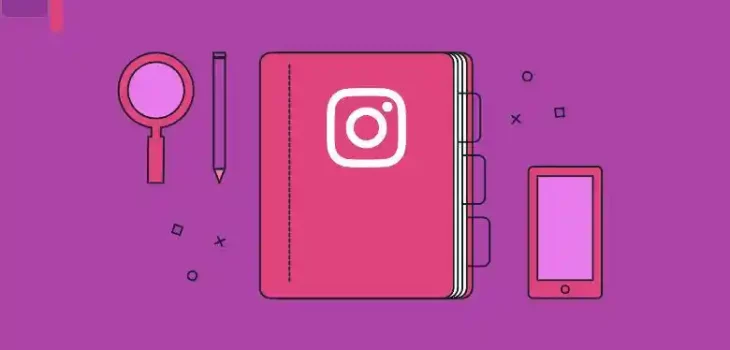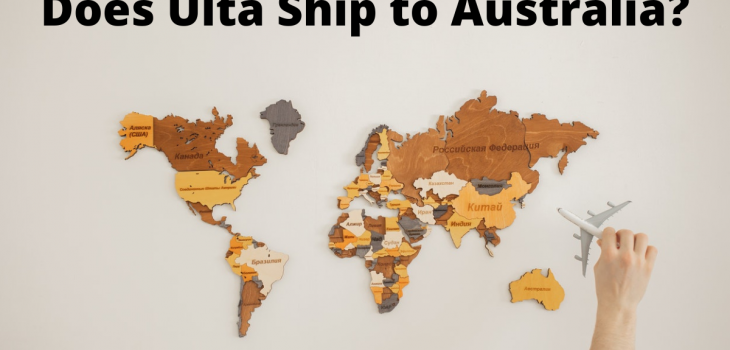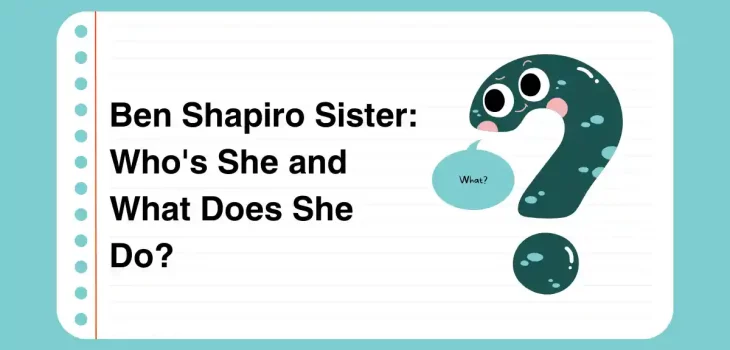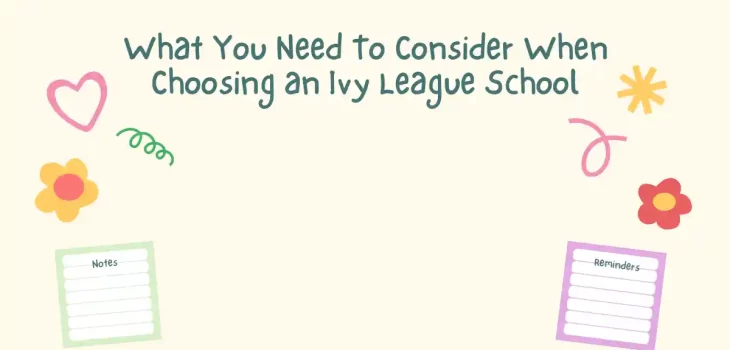Self-Published Authors: Here’s How to Protect Your Intellectual Property
When it comes to writing a book, getting published can be tough. A 2016 analysis found that 90% of books are declined at query letter stage, with 80% of the remaining titles rejected when appraised in depth by a publisher. A 2014 Digital Book World report was more positive, finding that 23% of completed manuscripts were traditionally published, but all in all, it’s a difficult task.
Traditional publishing is a tough nut to crack, and as a result many authors are turning to self-publishing. This method of getting one’s writing in front of readers does have some pitfalls though, most notably the need and difficulty of protecting intellectual property. In this guide, we explore the topic, providing insights for authors on how they can protect their intellectual property from unscrupulous individuals and organisations.
How are self-published authors defined?
Self-publishing is the publishing of work by any means other than a traditional publishing house.
It can allow the author to retain more control over their work, the direction of their future work, their publishing costs, and their royalty profits. It also allows them to produce and publish their books faster, without the need to run the book past publishers and edit in line with their amends.
The impact on royalties alone can be truly significant. According to BookBaby, traditionally published authors typically gain 12-20% of book royalties, compared to 60-70% for self-published authors.
Copyright is key for self-published authors
Self-published authors in the UK rely on copyright law to protect their intellectual property from being used or profited from without their say.
UK copyright law is surprisingly simple in the way it functions – it’s automatic. According to the government, if you create any of the following, you gain copyright protection and may choose to mark your work with the copyright symbol (©):
- original literary, dramatic, musical and artistic work, including illustration and photography
- original non-literary written work, such as software, web content and databases
- sound and music recordings
- film and television recordings
- broadcasts
- the layout of published editions of written, dramatic and musical works.
You don’t need to use the symbol to protect your work – if you created it and it falls under the categories above, it’s covered.
Copyright gives you ultimate rights and control over the following:
- copying
- distributing
- renting
- public performances
- creating adaptations
- publishing on the internet.
Copyright doesn’t entirely prevent the use of a work without the creator’s authorisation, though. The concept of fair dealing, set out by the Copyright, Designs and Patents Act of 1988, notes that users can use defend the use and reproduction of copyright work in three situations: for research or private study; for criticism, review, or quotation; and in the reporting of current events.
How can writers use copyright effectively?
There are four keyways that authors can ensure their copyright isn’t infringed upon.
The first is through a copyright notice placed in their works, that clearly notes who owns the work, showing that there will be consequences for infringement.
The second is registering the work using the UK Copyright Service, a clear register of copyrighted works that is, however, a paid service.
The third is through a licensing agreement. This is a contract between the creator and user that sets out what the user can do with the work. A writer might protect their works by getting the user to sign a licensing agreement prior to downloading an eBook, for instance.
And finally, retaining evidence that proves you are the creator of the work – such as drafts and initial synopses – and placing footprints (watermarks, deliberate errors and so forth) within the work that show you are the creator.
How can self-published writers enforce copyright claims
So, what if a self-published writer needs to act against copyright infringement? Whether enlisting the help of legal representatives expert in copyright law or representing themselves, there are a few steps for authors to consider:
- They must be certain infringement has taken place – not fair dealing or mistaken infringement.
- Evidence should be gathered of the infringement.
- The offending party should be contacted and told to cease infringement or sign a license.
- Mediation should be pursued if an agreement cannot be made.
- If mediation fails or is not taken up, then the author may need to resort to legal action.
Protecting copyright is a crucial consideration for self-published authors who aren’t protected by a publisher and their formidable in-house legal team. Understand your rights, how to use them, and what to do in the event of infringement, and you can help protect your creative property.

